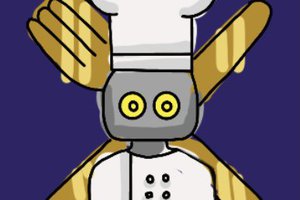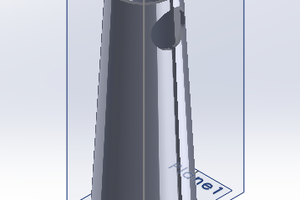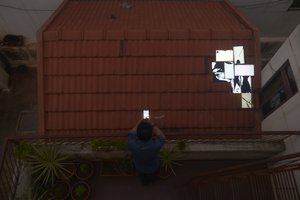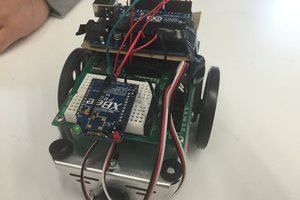The Final project should be able to complete the following test. Be released into an open field area defined by a human, scan over the whole area and identify trash locations. It should then descend upon the trash, capturing it, before taking flight again and returning to the trash bin with the trash. At the trash bin some mechanism or person should remove the trash before the copter returns to the field.
Examples of trash are, newspaper pages, plastic bags, Styrofoam cups, and grocery bags.
Challenging Trash would also be: Red Solo Cups, Soda Bottles, cardboard and/or small boxes.
Iteration 1 Goals:
Outfit a Quad-copter with a trash collection spike and any additional modifications to make it able to carry a single piece of paper from point A to point B.
Write computer software to control the copter such that it can A) overfly a user defined area To collect visual data of the area and B) can land and collect a flat piece of paper from grassy ground and C) Take off and return with the piece of paper.
Stitching together the video feed from the overfly portion into a single map with positioning.
Computer vision to identify the portion of the image that is the target trash and identify if the trash has been collected by the copter or if the collection failed and should be retried.
Iteration 2 Goals:
Arm/Claw based collection device with autonomous trash collection
Trash deposited into receptacle Automatically.
Optimal flight path calculations
Future Iteration Goals:
Swarm (multi-copter) control
Fully autonomous
Design challenges:
If the stabbing method of trash collection is used the copter will need enough weight for it's fall to puncture the object.
If the grabbing method is used then getting a good grip will be hard (claw game anyone?).
The copter would need extra long 'arms' to keep the turbulence of the blades from knocking the trash free.


 Pato Montalvo
Pato Montalvo

 Debanshu
Debanshu
 andrew.powell
andrew.powell